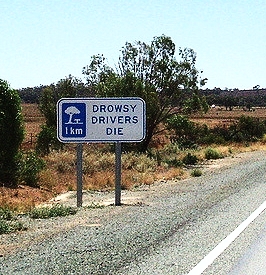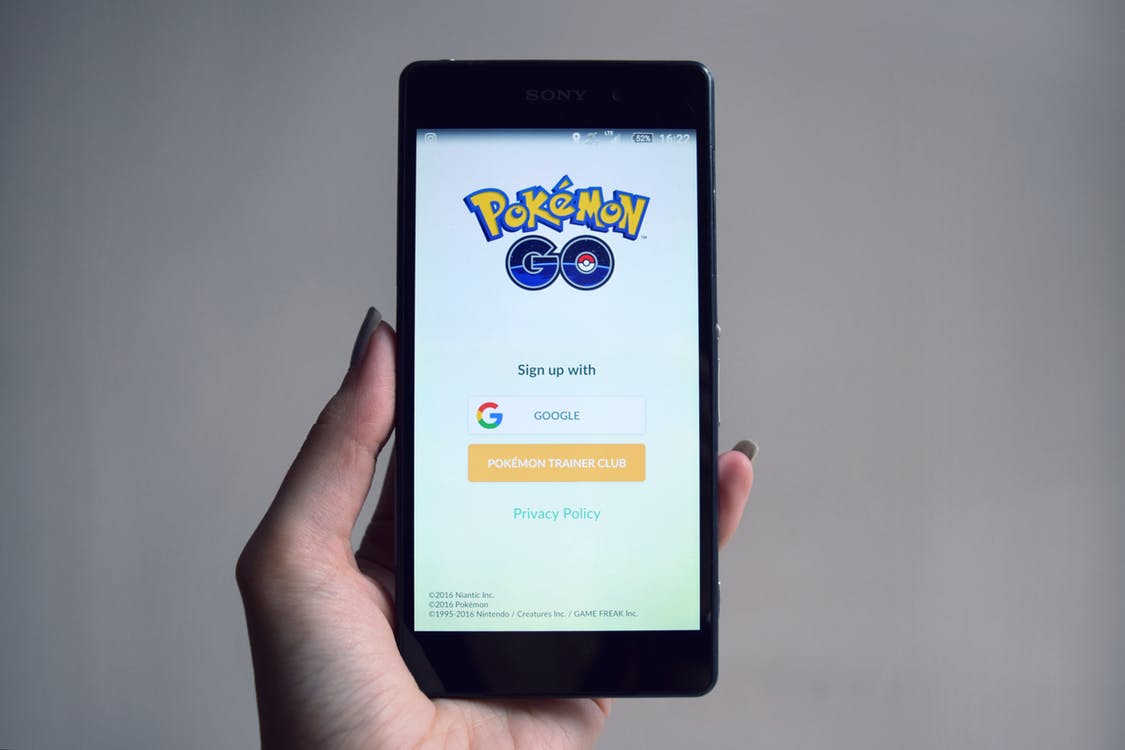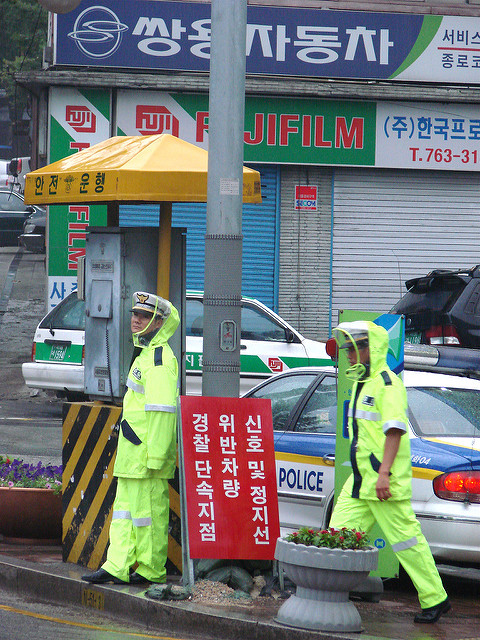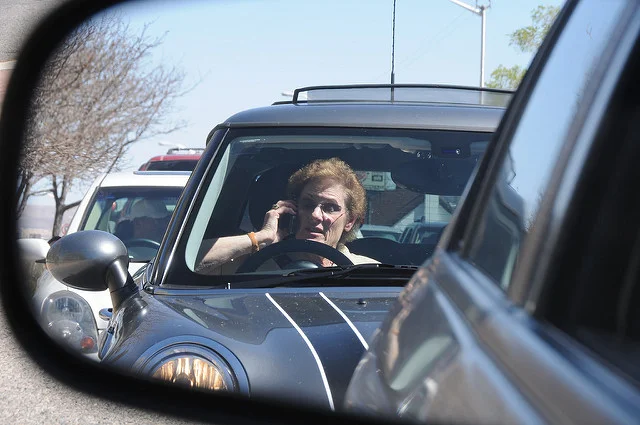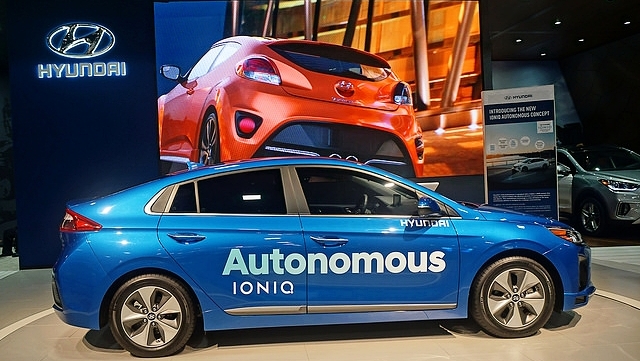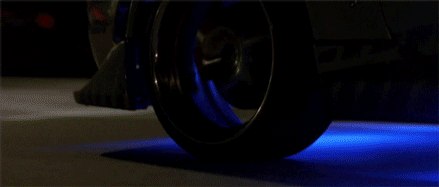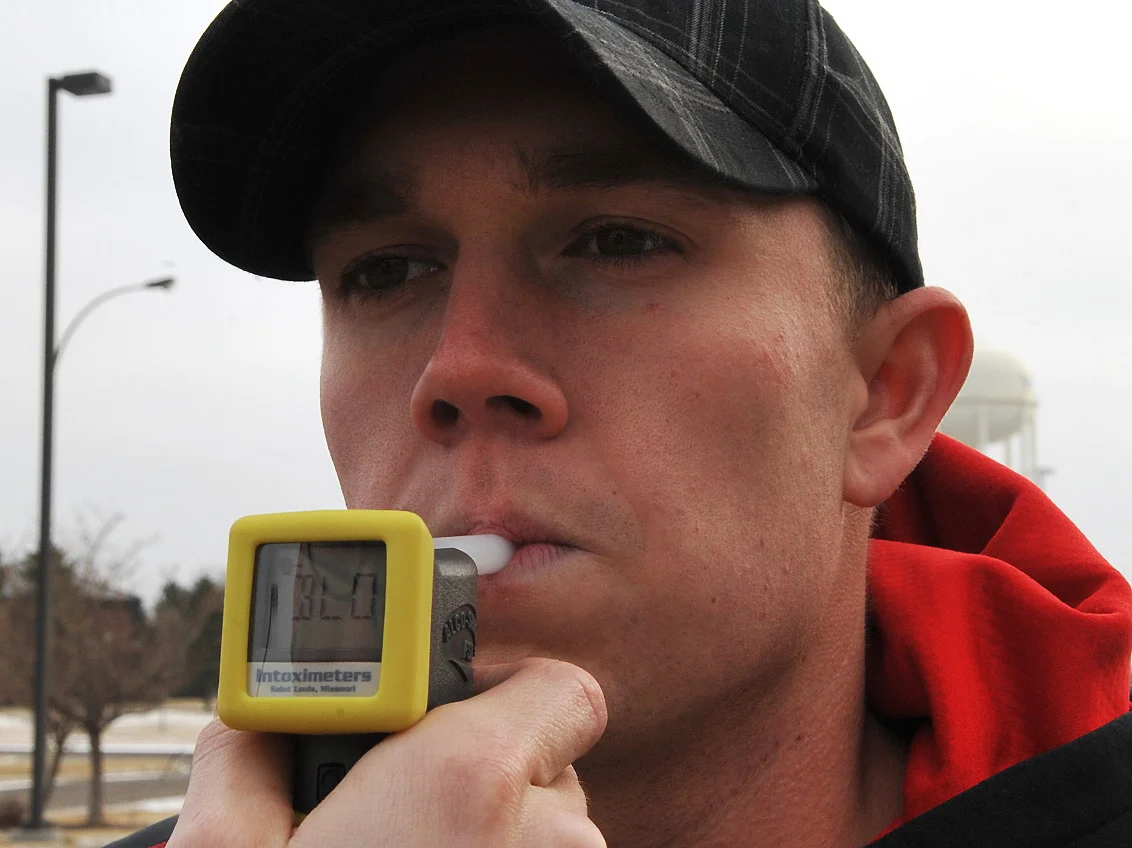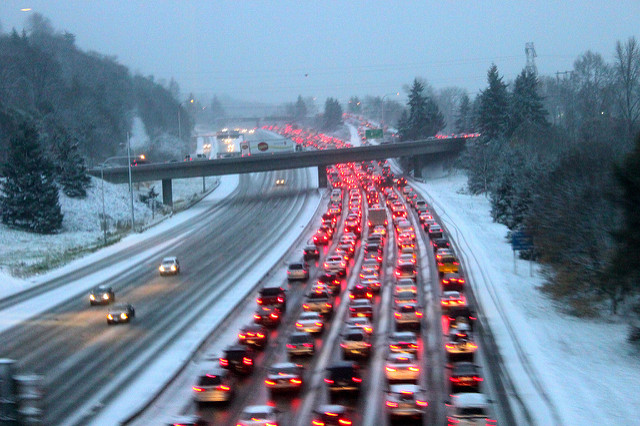September marks a lot of things - back to school, the return of Pumpkin Spice Lattes, and for the past few years, a new iPhone. This year was no different, as on September 12, 2017, Apple announced their highly anticipated iPhone X (pronounced iPhone 10 like the roman numeral), in honor of the 10 year of the iPhone. The Apple Event, which took place at Apple’s new Steve Jobs Auditorium in Cupertino, California, was so highly anticipated that some thought it would be as revolutionary as the day Apple announced the very first iPhone, back in 2007.
According to The New York Times, The iPhone X features new technology and design that puts it far ahead of Apple’s existing iPhones, living up to the hype that was created by leaks spread prior to the launch. The aspect of the iPhone X that many will find most striking is the price - $1000. This makes it Apple’s most expensive iPhone to date, by a margin of a few hundred dollars.
So what does $1000 get you in an iPhone? The Washington Post reported that physically speaking, the design is different from anything Apple has previously released. While the phone is essentially the same size and shape as the iPhone 7, the screen is bigger as it is “edge-to-edge,” covering the entire surface of the phone, and wrapping around the edges for an immersive visual experience. This screen design is something Apple has been hoping to achieve for years. The display features an OLED screen, a higher quality screen than its predecessor, the LCD screen. The phone is also made entirely out of glass. While this may make it sound fragile, the iPhone X is dust and water resistant, and 50% more durable than any glass Apple has previously made.
Another noticeable physical difference is the lack of a home button. On existing iPhones, the home button is what users press to awaken and unlock the phone with Touch ID (fingerprint scanning technology), as well as to close an app and return to the home screen. Since the home button is gone, so is Touch ID. Instead, the iPhone X boasts Face ID, face scanning technology that unlocks the phone by scanning the user’s face, as opposed to their fingerprint. Once the phone is unlocked, tasks such as closing an app are performed by the user making specific gestures with their fingers on the screen.
In addition to the physical differences, the iPhone X sports some software upgrades as well. The phone has faster processing speeds, and a better camera that takes higher quality pictures. The phone also boasts improved battery efficiency, as well as wireless charging. Instead of being plugged into an outlet, the phone will charge on charging mats called AirPower mats. Apple says we can expect to see these mats in hotels, cafes, and even in cars sometime in the near feature. One of the most surprising features of the phone however, may be Animoji; yes, animated emojis. The program uses the facial recognition software to scan your facial expressions, and recreate them on animated emojis, most of which are animals, but of course the poop emoji is included as well!
Source: Apple Press Release
Apple’s iPhone X had a lot of hype to live up to, and it seems to have met those expectations. The new design and upgraded software elements clearly differentiate the phone from anything Apple has done before. One thing it has in common with all phones, however, is the ability to cause distracted driving accidents. The Centers for Disease Control and Prevention state there are 3 kinds of distracted driving - visual, which takes your eyes off the road, manual, which takes your hands off the wheel, and cognitive, which takes your mind off of driving. Cell Phones are especially dangerous because using one can result in all three types of distracted driving at once.
So while, new technology such as the iPhone X can be groundbreaking and exciting, we're glad that Apple is also looking out for driver safety with apps like Do Not Disturb While Driving. Apple’s iPhone X and their latest software iOS11 come standard with this distracted driving prevention app. When enabled while driving, the iPhone displays a black screen, and notifications for text messages and phone calls are silenced. To learn more about this feature and the dangers of distracted driving, check out this recent article from The Michigan Law Firm, PLLC blog. After all, looking away from the road and at a text from your friend about the most recent character death on Game of Thrones is not worth getting into a distracted driving car accident.
Distracted driving happens every day, especially in our technology filled age, in which toddlers have iPhones. If you or a loved one have been the victim of a car crash caused by a negligent driver with a cell phone, call The Michigan Law Firm at 844.4MI.FIRM for a free legal consultation. Our attorneys fight for our clients' rights and work hard to get any compensation they may be entitled to, under Michigan Law.




